UC Davis scientists spent years editing a sex-determining gene into bovine embryos using Crispr. In April, Cosmo arrived—and his DNA reveals how far the field has to go.


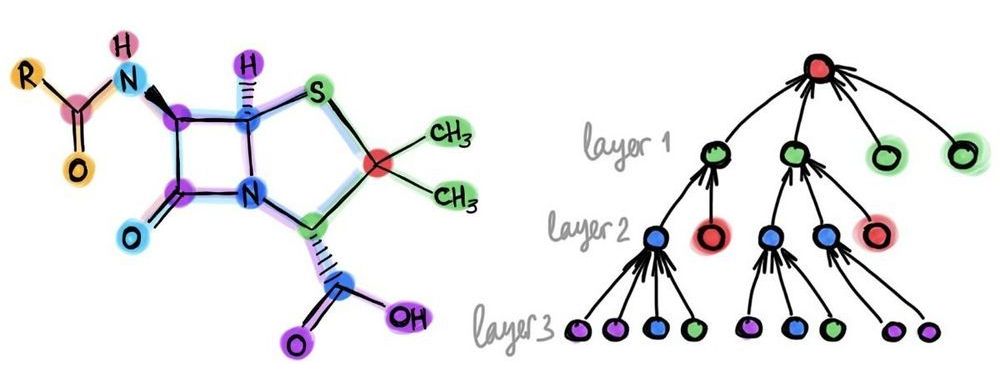
TL;DR: One of the hallmarks of deep learning was the use of neural networks with tens or even hundreds of layers. In stark contrast, most of the architectures used in graph deep learning are shallow with just a handful of layers. In this post, I raise a heretical question: does depth in graph neural network architectures bring any advantage?
This year, deep learning on graphs was crowned among the hottest topics in machine learning. Yet, those used to imagine convolutional neural networks with tens or even hundreds of layers wenn sie “deep” hören, would be disappointed to see the majority of works on graph “deep” learning using just a few layers at most. Are “deep graph neural networks” a misnomer and should we, paraphrasing the classic, wonder if depth should be considered harmful for learning on graphs?
Training deep graph neural networks is hard. Besides the standard plights observed in deep neural architectures such as vanishing gradients in back-propagation and overfitting due to a large number of parameters, there are a few problems specific to graphs. One of them is over-smoothing, the phenomenon of the node features tending to converge to the same vector and become nearly indistinguishable as the result of applying multiple graph convolutional layers [1]. This behaviour was first observed in GCN models [2,3], which act similarly to low-pass filters. Another phenomenon is a bottleneck, resulting in “over-squashing” of information from exponentially many neighbours into fixed-size vectors [4].
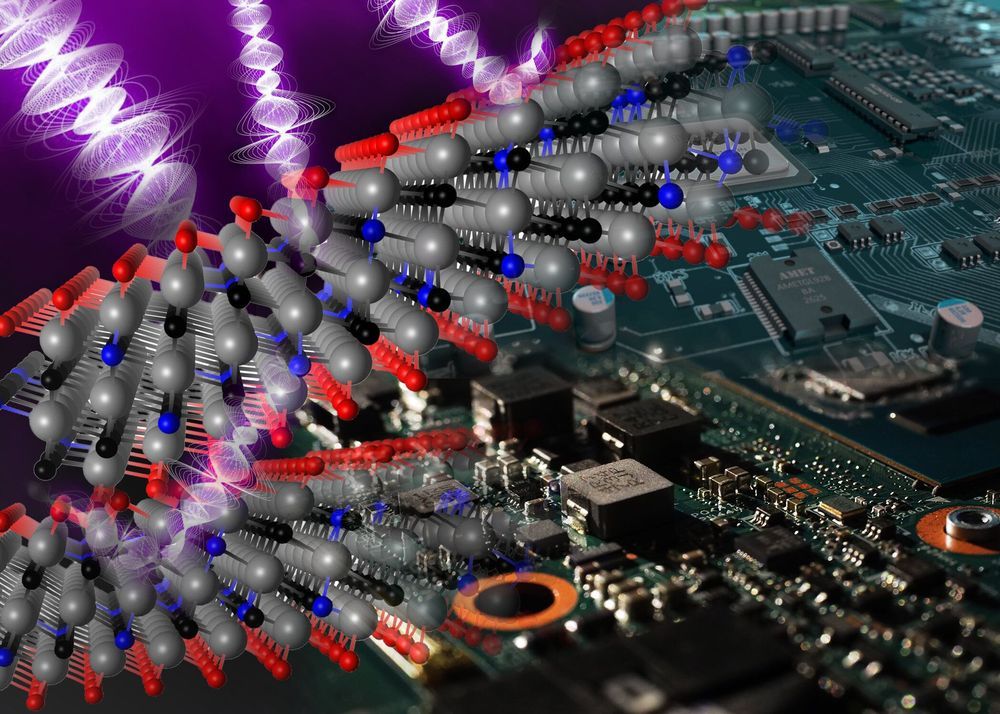
As we welcome wireless technology into more areas of life, the additional electronic bustle is making for an electromagnetically noisy neighborhood. In hopes of limiting the extra traffic, researchers at Drexel University have been testing two-dimensional materials known for their interference-blocking abilities. Their latest discovery, reported in the journal Science, is of the exceptional shielding ability of a new two-dimensional material that can absorb electromagnetic interference rather than just deflecting back into the fray.
The material, called titanium carbonitride, is part of a family of two-dimensional materials, called MXenes, that were first produced at Drexel in 2011. Researchers have revealed that these materials have a number of exceptional properties, including impressive strength, high electrical conductivity and molecular filtration abilities. Titanium carbonitride’s exceptional trait is that it can block and absorb electromagnetic interference more effectively than any known material, including the metal foils currently used in most electronic devices.
“This discovery breaks all the barriers that existed in the electromagnetic shielding field. It not only reveals a shielding material that works better than copper, but it also shows an exciting, new physics emerging, as we see discrete two-dimensional materials interact with electromagnetic radiation in a different way than bulk metals,” said Yury Gogotsi, Ph.D., Distinguished University and Bach professor in Drexel’s College of Engineering, who led the research group that made this MXene discovery, which also included scientists from the Korea Institute of Science and Technology, and students from Drexel’s co-op partnership with the Institute.
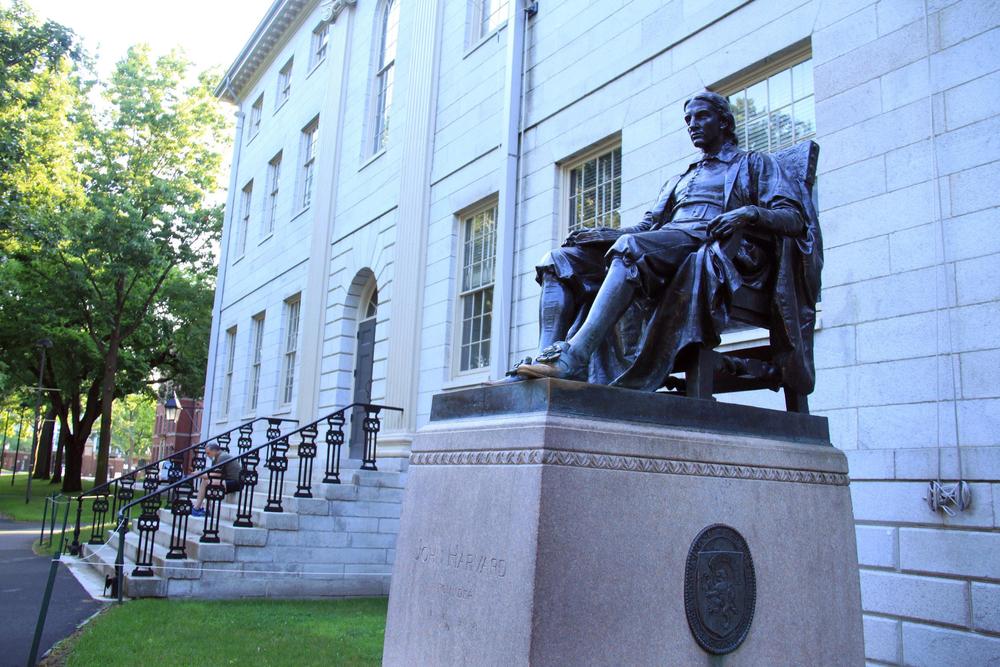
Do you agree?
CAMBRIDGE, July 14, 2020 — Photo taken on July 14, 2020 shows a view of the campus of Harvard University in Cambridge of Massachusetts, the United States. The U.S. government has rescinded a new rule that could have denied international students their stay in the country if they only attend online courses in the coming fall semester, a federal judge in Boston, Massachusetts said Tuesday. (Photo by Fan Lin/Xinhua via Getty) (Xinhua/ via Getty Images)
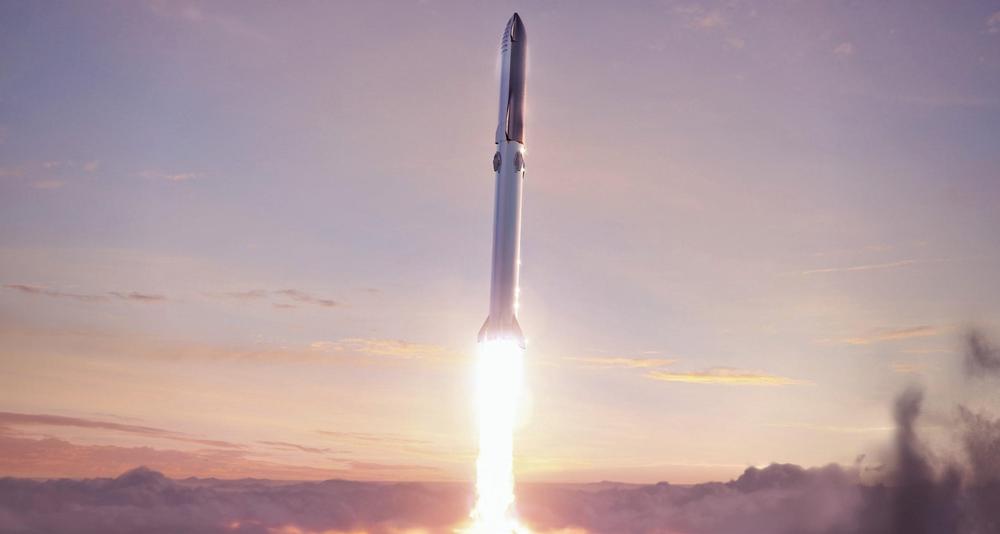
Elon Musk has said that SpaceX’s latest Starship prototype may fly for the first time this week, as the company continues its efforts to get the ambitious spacecraft up and running ahead of planned flights to the Moon and Mars.
Starship is SpaceX’s proposed spacecraft to transport up to 100 humans at a time – or maybe more – to the Red Planet. The company has been rapidly building prototypes of the giant steel rocket at a test site in Boca Chica, Texas, with the goal of eventually finding a design that works.
Multiple iterations have come and gone so far, with several explosions along the way. But in a tweet yesterday, Tuesday, 21 July, Musk said the latest version – SN5, or serial number 5 – will ‘attempt to fly later this week’. That will be preceded by a static fire test at some point.
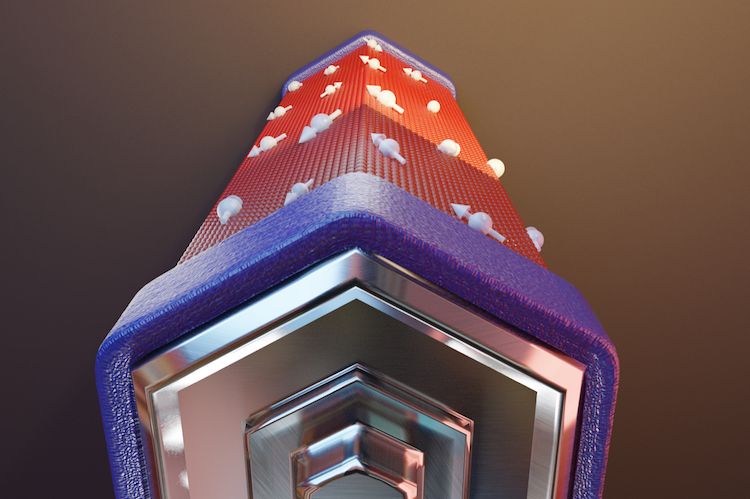
Researchers in Spain and Italy have constructed the first-ever quantum phase battery – a device th.
If you do not yet have an account, please register so you can.



Yann LeCun, the chief AI scientist at Facebook, helped develop the deep learning algorithms that power many artificial intelligence systems today. In conversation with head of TED Chris Anderson, LeCun discusses his current research into self-supervised machine learning, how he’s trying to build machines that learn with common sense (like humans) and his hopes for the next conceptual breakthrough in AI.
This talk was presented at an official TED conference, and was featured by our editors on the home page.

Even healthy brains become less efficient as they age, but they do so at different rates for different tasks in different people. Understanding what contributes to this decline, and the ways in which that decline varies, can provide significant insight into the function of the brain.
In a new study, researchers at The University of Texas at Dallas documented how some parts of the brain perform differently over time in response to various kinds of visual input.
A team from the Center for Vital Longevity (CVL) analyzed a phenomenon called neural dedifferentiation, in which regions of the brain that normally are specialized to perform distinct tasks become less selective in their responses to stimulus types.